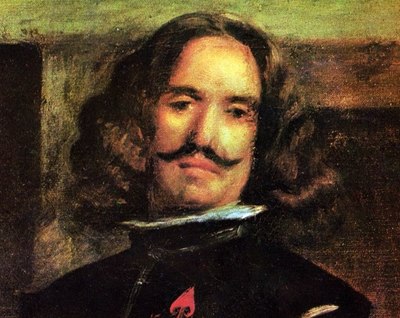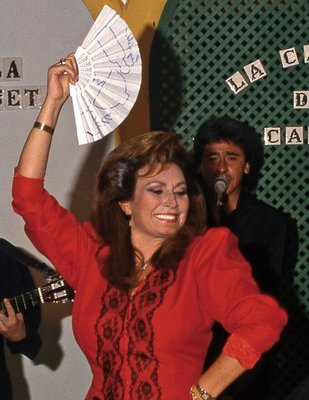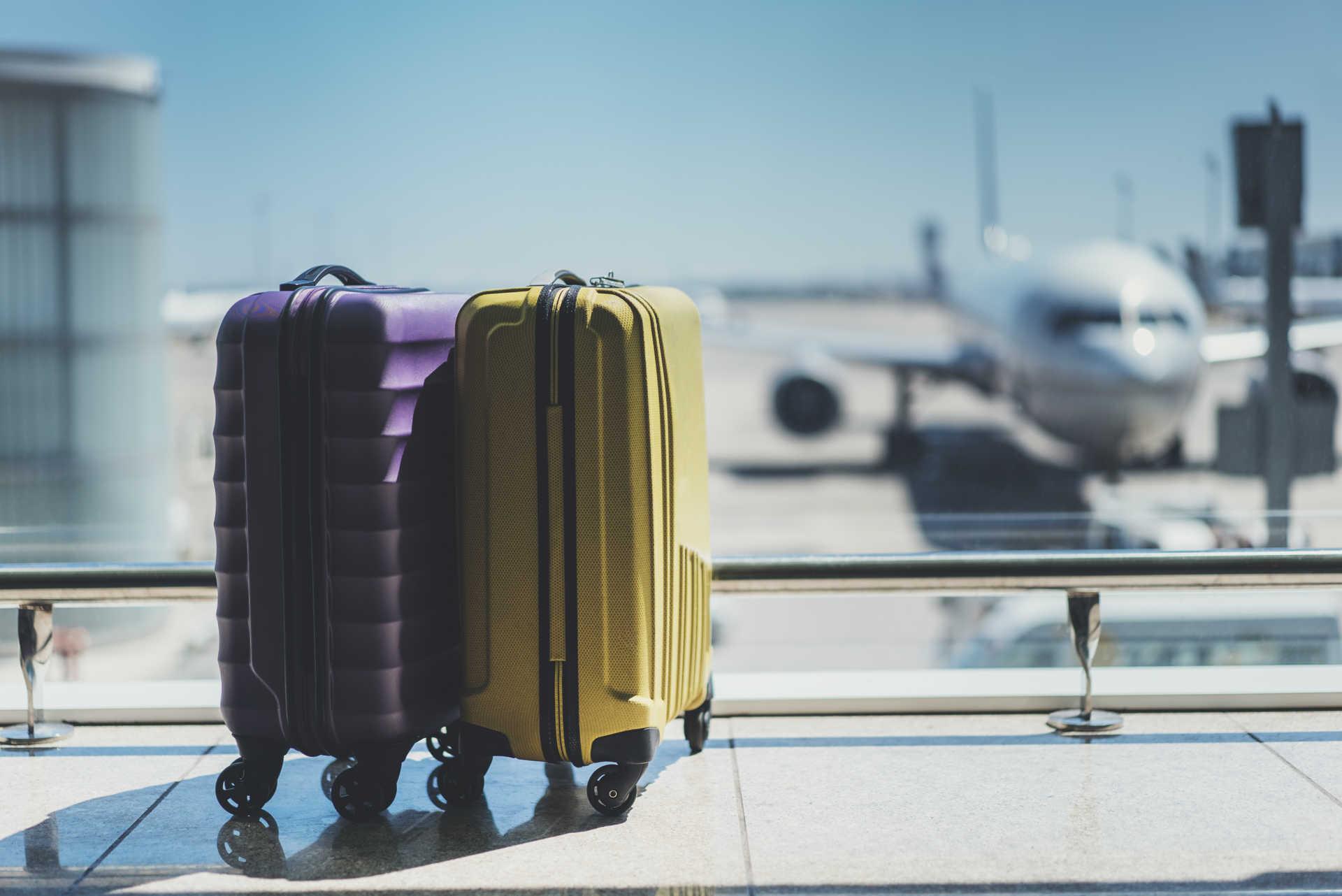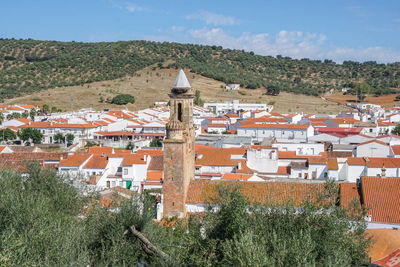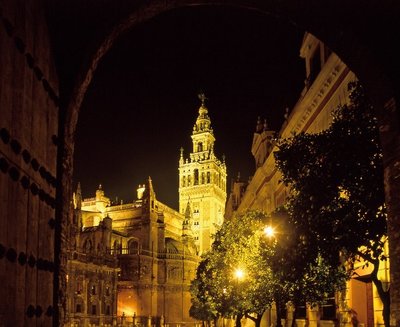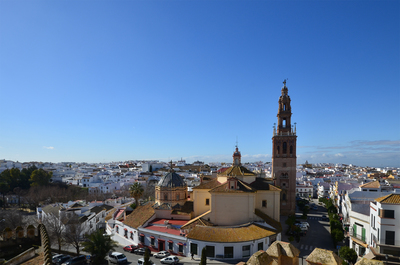Seville, a sacred city
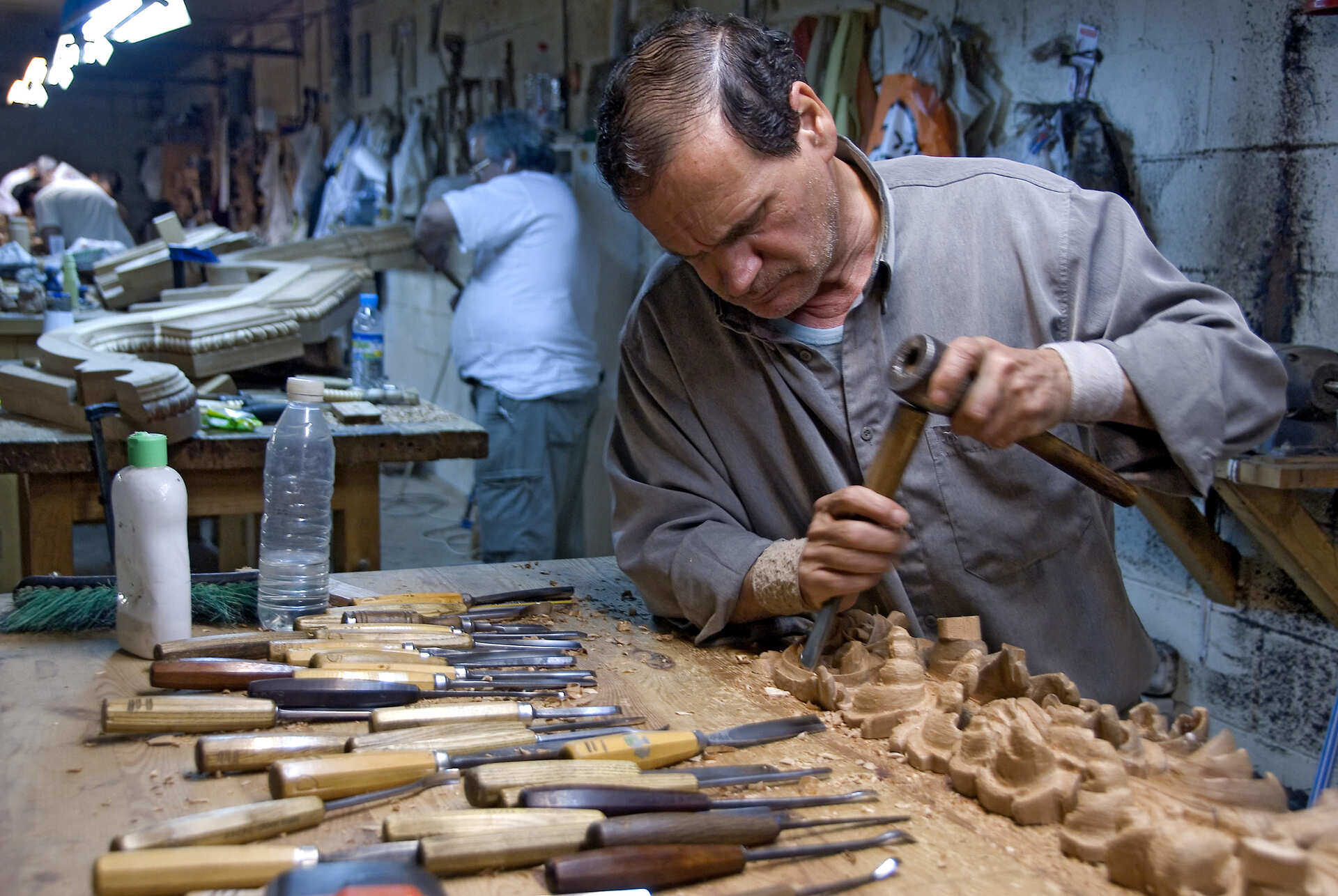
Any trade linked to Holy Week reaches excellence in Seville. For penance alone, there are more than 70 associations that require artisans of all kinds. Imagers for carvings; candlesticks for candles; goldsmiths for noble metals; embroiderers for the garments of the carvings..., an endless culture and tradition.
An astonishing array of craftsmen and women are associated with Seville's Easter Week. So much so, that a business park has been created for these sacred art trades: . The best known trade is that of the 'imagineros', the artists who carve the handsome statues which, once they have been consecrated, become icons of faith. This is a complex craft because it is not only a question of technique: the true art likes in achieving the exact touch of religiosity that makes the final work worthy of prayers and fervent worship.
Other artisans who 'shine' in the field of sacred art are the silver and goldsmiths who make the precious metal pieces that accompany and embellish the statues on processional floats and altars. The first step is to make drawings and sketches of what will become grilles on the sides of the float, knockers, poles and lamps. The pieces are then sent to the 'lampistería' where they are soldered together to shape the structure. The next stage is meticulous chasing, and finally every piece is thoroughly cleaned before being carried in procession at Easter or for other celebrations by the 'cofradía' or religious brotherhood.
Clothing the 'nazarenos' or members of the brotherhood is no small matter. A good robe shop has expert knowledge of the rules of each brotherhood and advises the 'nazarenos' on the clothing items they need. These include a 'capirote' or cone-shaped hood that is worn by 'nazarenos' but not 'penitentes'. In the past the hoods were cardboard but nowadays they are made of netting and therefore lighter. Meanwhile, the 'costaleros' (the hidden men who carry the float) wear 'costales' (a type of turban) on their head, which are also quite tricky and are therefore made by specialists.
Another extremely refined craft is embroidery. Like the silver and goldsmiths, the embroiders add a unique personality to each float. The canopies and skirts on the float, and of course the capes worn by the statues of the Virgin Mary, are made by hands that combine the strength of years, needle poised, with the sensitivity of the exquisite craftsmanship demanded by Seville's brotherhoods.
But the list of craftsmen and women is endless. There are those who are skilled in the art of making the elaborate palm leaf patterns to decorate balconies. And those who are experts in cords and ropes, with their own shop. The tasselled silk cords worn by the sacred statues of Christ are particularly sought after.
And then there are the waxworkers, whose technique and skill in making the candles for the floats, especially the ones for the 'palio' or baldachin that glow in the night, put the final touch to the work of hundreds of men and women in what is undoubtedly one of Europe's busiest craft centres.


